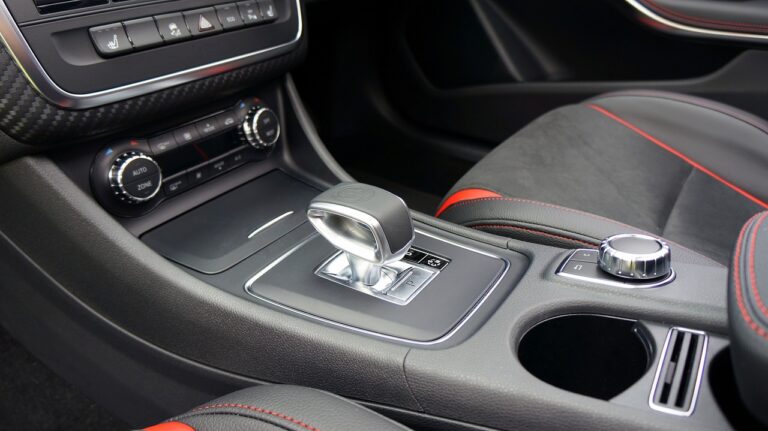Understanding the Influence of Cultural Trends on Car Design
Car design has undergone significant transformations over the years. From the early days of pure functionality to the more recent emphasis on innovation and aesthetics, cars have evolved to meet the changing needs and desires of consumers. The shift towards sleeker shapes, aerodynamic profiles, and advanced technology reflects a more holistic approach to design that considers both form and function.
One key aspect of the evolution of car design is the influence of technological advancements. As technology continues to progress, car designers have more tools at their disposal to push the boundaries of what is possible. This has resulted in vehicles that are not only more efficient and powerful but also more visually appealing. The integration of cutting-edge features such as autonomous driving capabilities and interactive displays has transformed the driving experience and paved the way for future developments in car design.
The Role of Cultural Influences in Shaping Car Design
Car design is a reflection of the cultural ethos of a particular time and place. From the sleek curves of mid-20th-century American cars symbolizing post-war prosperity to the eco-friendly and minimalist designs of today’s electric vehicles, cultural influences play a crucial role in shaping the aesthetics and functionality of cars. The rise of globalization has further blurred cultural boundaries, leading to hybrid designs that blend elements from various cultural backgrounds.
– Cars designed in the mid-20th century America reflected post-war prosperity with sleek curves and chrome accents
– Today’s electric vehicles often feature eco-friendly and minimalist designs influenced by a growing concern for the environment
– Globalization has led to hybrid car designs that blend elements from various cultural backgrounds, creating unique and diverse styles
Historical Context of Cultural Trends in Car Design
The history of car design is deeply intertwined with the cultural trends of each era. From the sleek lines of the 1920s Art Deco movement to the bold colors and geometric shapes of the 1980s, cars have always reflected the values and aesthetics of the time.
In the post-World War II era, the focus shifted towards functionality and practicality, giving rise to the minimalist and utilitarian designs of cars like the Volkswagen Beetle. As society moved towards embracing technology and innovation, car designs in the late 20th century began incorporating more futuristic elements and cutting-edge materials.
How has car design evolved over the years?
Car design has evolved significantly over the years, from the boxy shapes of early automobiles to the sleek and aerodynamic designs of modern cars.
What role do cultural influences play in shaping car design?
Cultural influences play a major role in shaping car design, as designers often look to trends in fashion, architecture, and art for inspiration.
How does historical context impact cultural trends in car design?
Historical context can have a significant impact on cultural trends in car design, as designs often reflect the values and ideals of a particular time period.
Can you give an example of how cultural trends have influenced car design in the past?
One example of cultural trends influencing car design is the rise of eco-friendly cars in response to growing concerns about the environment.
How do car designers stay up-to-date on current cultural trends?
Car designers stay up-to-date on current cultural trends by attending design conferences, studying consumer behavior, and keeping an eye on popular culture.







